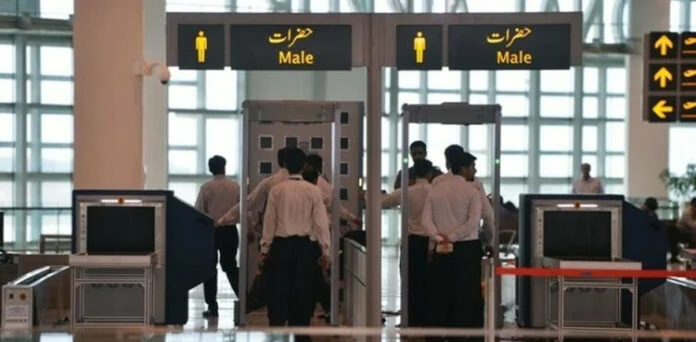
Lisbon’s New Airport Construction to Be Europe’s Largest Project in Recent Years
The construction of Lisbon’s new airport is set to be one of Europe’s largest infrastructure projects in recent history, requiring resources on an unprecedented scale, according to ANA, the airport’s concessionaire. The project is expected to involve up to 5,500 workers, with the company highlighting concerns over the availability and cost of skilled labor, as reported by ECO.
The complexity of the project is compounded by the concurrent construction of other major infrastructures, such as the Third Crossing of the Tagus (road and rail) and the Lisbon-Madrid high-speed rail line, which have been approved to ensure access to the new airport. Additionally, the Lisbon-Porto-Vigo high-speed line will continue its development over the next decade.
The new Luís de Camões airport will occupy a vast area of 2,500 hectares at the Alcochete Shooting Range, more than five times the size of the current Humberto Delgado Airport. ANA anticipates that the construction will take around six years, with work phased due to the limited availability of labor. The project is divided into five zones, allowing for simultaneous work in different areas.
The initial earth-moving phase is expected to take at least three years, with activities divided into five sectors and staggered every nine months. Following this, the paving of the land, including two 4,000-meter runways, will take an additional three years.
The terminal will cover 589,300 square meters, representing 36% of the estimated €8.5 billion cost. To optimize resources, the terminal will be built in four separate sectors, allowing for efficient management of manpower, materials, and equipment. The terminal’s construction, including the main building and piers, will take four years, excluding earthworks, testing, and commissioning.




















